How to catch a long-distance bus in Brazil
Brazil is an enormous country and distances between major centres can be vast, making air travel very appealing.
If you can plan in advance, travelling by plane for at least part of your journey is a good option, because budget airlines Webjet and Azul offer very good promotional fares. However, if you are making things up as you go along, or want to see the country as you go, you’ll probably end up spending a lot of your time on buses.
Brazil’s bus network is well-developed, with a variety of companies offering journeys between major and not-so-major cities. Prices vary according to what journey you’re doing and the level of comfort you require, but not necessarily according to distance: a 15-hour trip from Foz do Iguaçu to Sao Paulo is about the same as the six-hour journey between Sao Paulo and Rio de Janeiro.
Tips for buying intercity bus tickets in Brazil
Buying a ticket
If more than one company runs the same route, prices will probably be extremely similar, if not identical for the same journey. In fact, different brands may well be selling seats on the same bus.
Online ticketing is becoming more common; or buy your ticket out of a city from the main bus station. You can usually pay by cash or credit card, and are given the chance to choose your seat. You can also choose to buy your tickets over the phone, though if your Portuguese is a bit nonexistent this could be a little difficult.
Choosing Seat Type and Placement
Levels of comfort vary; semi-cama gives you a reclining seat with leg rest, executive has more shoulder room and may include a snack, and … is more luxurious again.
Semi-cama is more than comfortable enough for trips during the day, but if you’re travelling overnight it might be worth splashing out for a slightly better option.
Choose a seat near the front; most buses are equipped with toilets and on single-level buses these are situated at the back. Toilets on double-decker buses are usually beside the stairs, at the front of the lower level, and any smell doesn’t usually travel up the stairs.
When you get your ticket, put it in a safe place (and try not to leave it behind at your accommodation like we did!) It might be a good idea to take a photo of it, so that you have a record in case of loss or theft, though there’s no guarantee that the bus company will accept this as a valid ticket. It’s worth a go though, and doubles as proof for your insurance company.
Boarding
You’ll need to write your name and passport number (or ID card number if you’re South American), and have your passport ready to present when boarding. The ticket collector will rip off the half of the ticket with your name on it and you’ll be free to board the bus. Keep the other part of the ticket on you, as someone will likely come around to check it later on in the journey.
Luggage
Large pieces of luggage can be stored under the bus, you’ll be given a numbered ticket to present on arrival at your destination. This number is also written on your physical ticket and sometimes on a separate register.
Sometimes, hand luggage is given a sticker, with a matching sticker going on a register; all of this sticking and ticketing means that boarding can be a rather long and involved process.
Speed things up by having your name already written on your ticket, having your passport ready, and travelling with carry-on size luggage only.
On the bus
Once you’re finally on the bus, the driver will introduce himself (it’s usually a him) and let you know the expected arrival time and when the next stop will be.
Unlike in Argentina, where most trips are relatively direct, Brazilian buses take breaks at rest stops every two to four hours. This is probably to give the driver a break; Argentinean long-distance buses generally have two drivers while Brazilian buses just have one.
Also, Brazilian buses generally don’t serve meals — you might be given a cold snack on some buses but you won’t get the concierge service of Argentina. Most rest stops are at roadhouses which offer a range of hot and cold food, giving you the chance to buy a meal or a snack for the rest of the journey.
Almost all long-distance coaches in Brazil are equipped with a DVD player but you might be lucky enough to not have one played during your journey. If one is played, it will probably be dubbed into Portuguese and without subtitles.
Be aware that the air conditioning is often set to “cold” — if you’re storing your luggage under the bus bring an extra jumper or two, and wear thermal underwear for overnight journeys. You won’t be offered a blanket on the more basic services. I also bring my bus case of sleeping gear with me!
Travelling by long-distance bus can be a good way to get around Brazil — just make sure you’ve got all the paperwork and you’re ready to go.

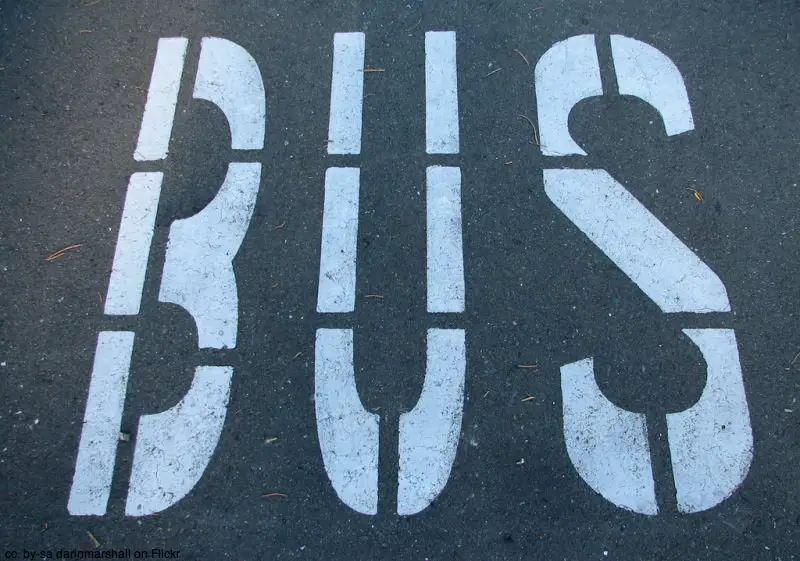
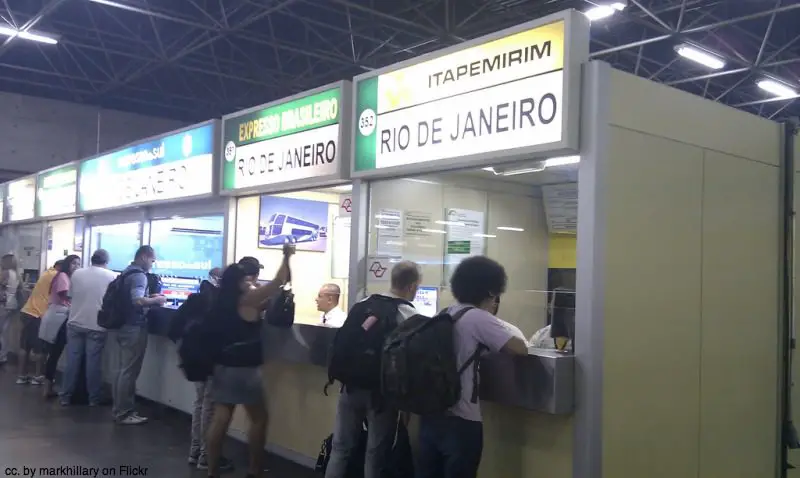
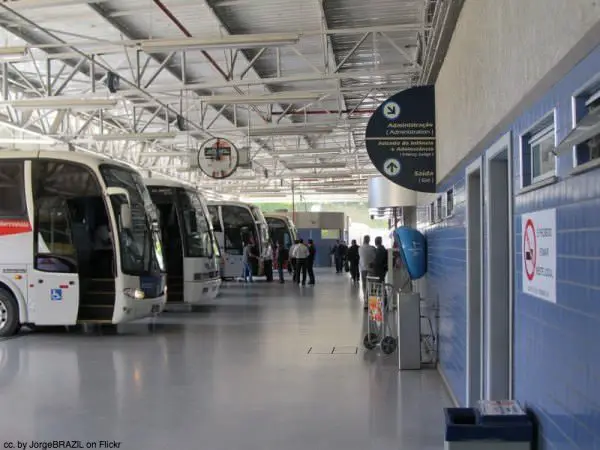
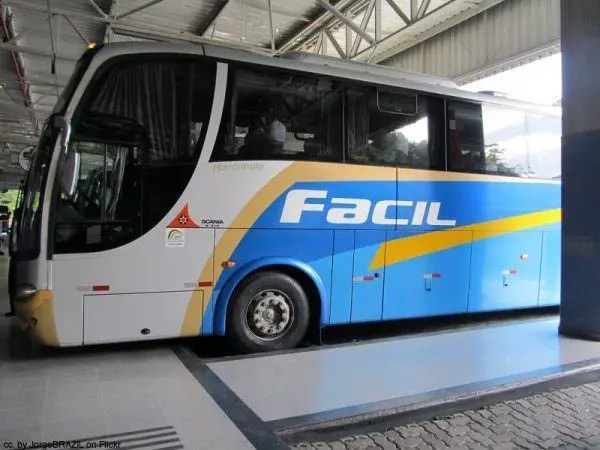
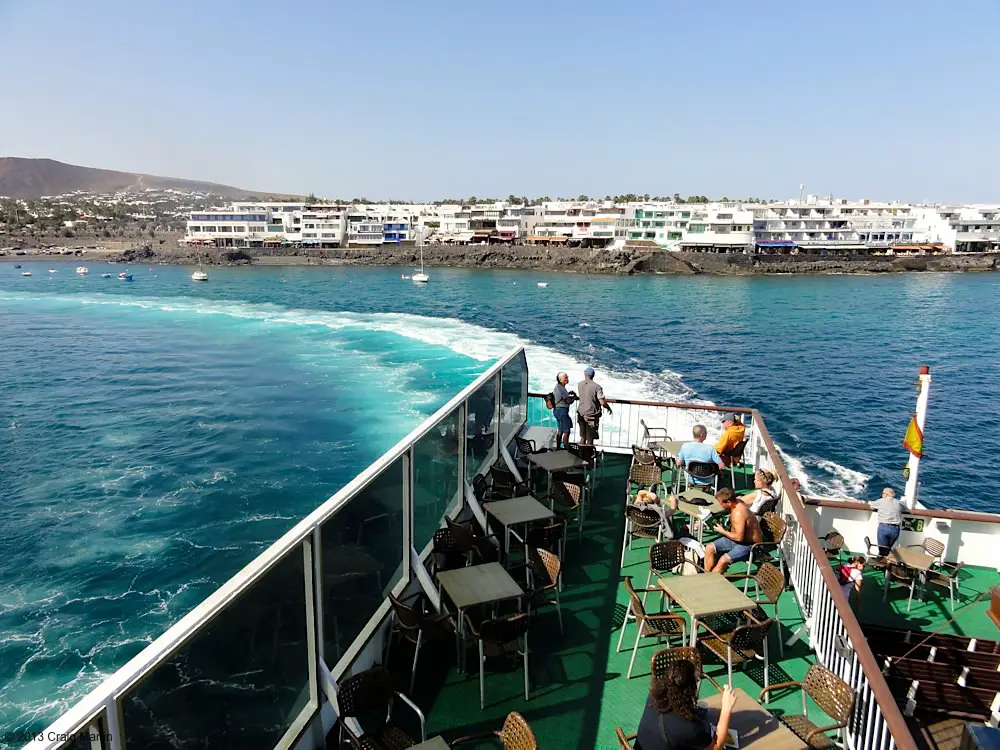

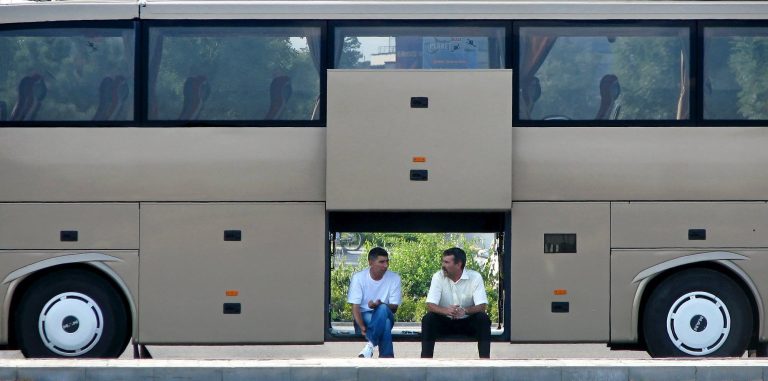

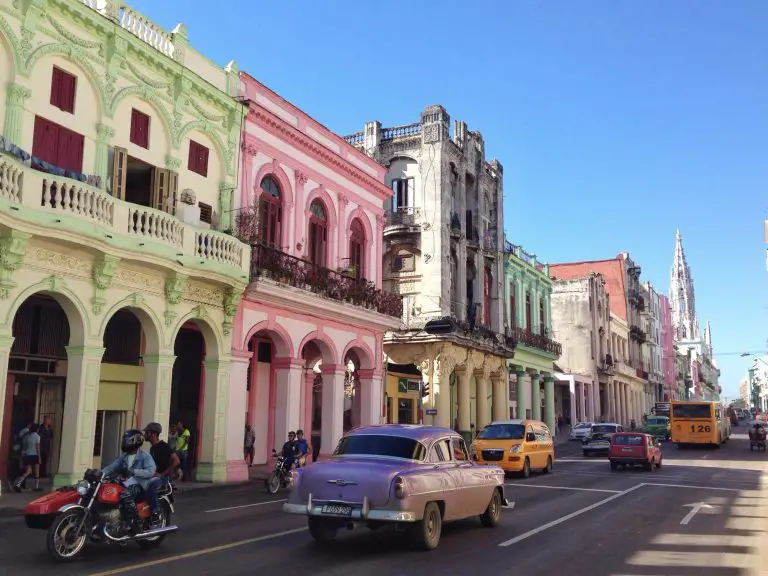
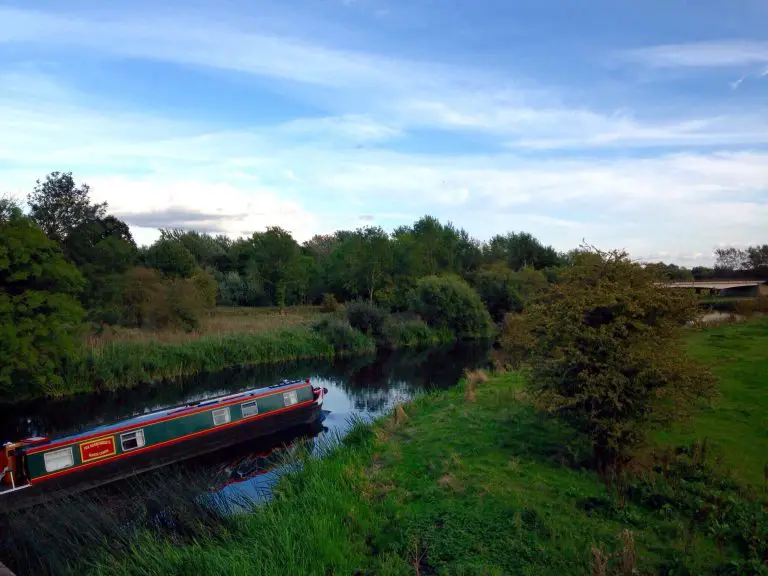
Thanks a bunch for sharing this with all people you really know what you’re speaking about!
Bookmarked. Kindly additionally talk over with my web site =).
We will have a hyperlink alternate arrangement among us